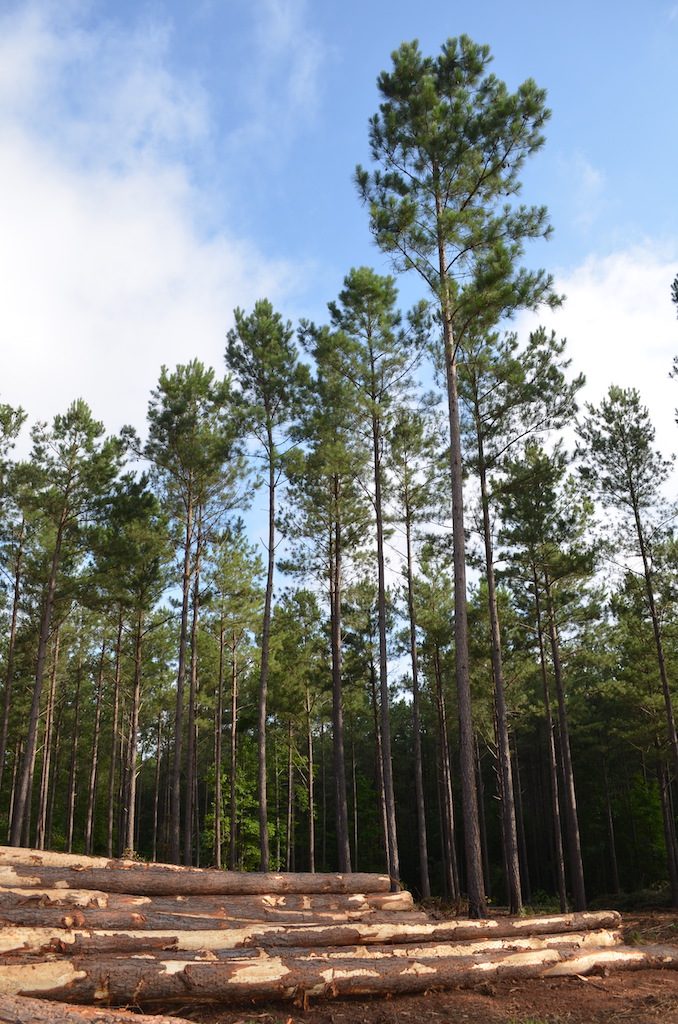
Industry News
News
Forestry Management
Harvesting
New Quesnel timber sharing agreement a ‘vision’ for AAC distribution
November 14, 2019 By Maria Church
 Photo: Annex Business Media
Photo: Annex Business Media The B.C. government’s newly announced Quesnel Timber Supply Area agreement is a “vision” for how the government would like future allowable annual cut (AAC) distributed among players.
According to a government news release, the new agreement – announced this week by forests parliamentary secretary Ravi Kahlon – categorizes, by licence type, the breakdown of available volume within the allowable annual cut of a timber supply area.
In 2017 chief forester Diane Nicholls determined the AAC for the Quesnel Timber Supply Area was 2,607,000 cubic metres, with harvest maximums of 127,000 cubic metres from deciduous tree-leading stands, 1.25 million cubic metres from living trees and the remainder to be harvested from dead trees.
Effective Jan. 1, 2020, the apportionment breaks down to (in cubic metres):
- Replaceable forest licences (generally, held by larger licensees) – 1,237,548 (662,500 live)
- Non-replaceable forest licences – 599,952 (95,000 live; 100,000 deciduous)
- First Nations woodland licence – 162,500 (all live)
- BC Timber Sales – 500,000 (250,000 live)
- Community forest agreement – 77,000 (50,000 live; 27,000 deciduous)
- Forest service reserve – 30,000 (all live)
The new distribution has three objectives: supporting Indigenous reconciliation, supporting community involvement in local resource management and forest sector diversification to enhance economic stability in the area.

Ravi Kahlon, parliamentary secretary for forests, lands, natural resource operations and rural development, (fifth from left), made the announcement at the Quesnel Forestry Innovation Centre, joined by Quesnel mayor Bob Simpson and representatives from the Southern Dakelh Nation Alliance, ?Esdilagh First Nation and C&C Wood Products. Photo supplied.
“Today’s announcement gives communities and Indigenous Nations in the area a greater voice in local forest sector management, so they can remain resilient when facing challenges like the ones we are experiencing now,” Kahlon said in yesterdays news release.
The government is developing mandates to offer community forest volume and to distribute AAC volume for First Nations. An invitation to apply for a community forest licence is expected in spring 2020.
According to the release, once a community forest agreement, First Nations woodland licence or woodlot licence is established, the supporting crown land and AAC are removed from the timber supply area and are not tracked in the apportionment system.
Learn more here.
Print this page